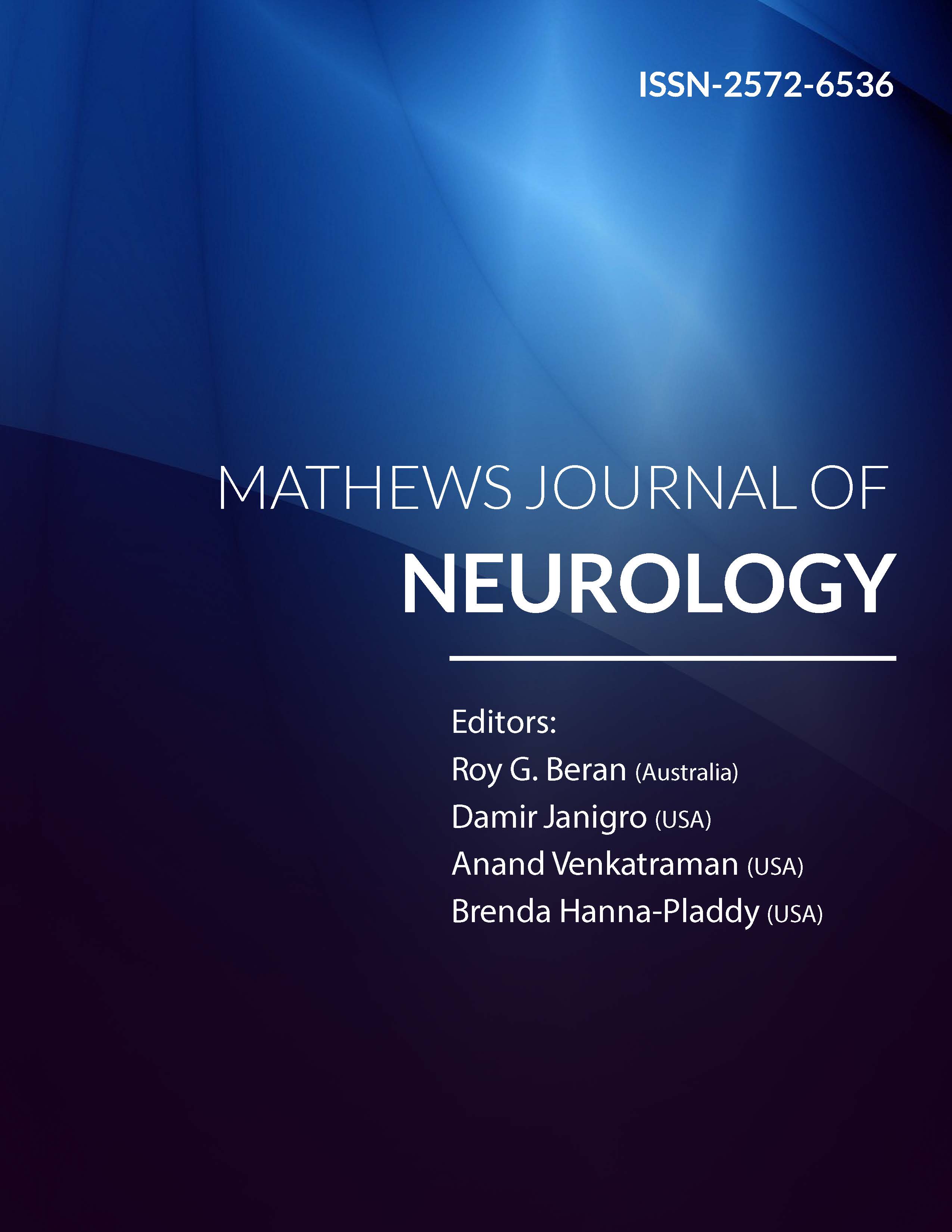
Information Links
Previous Issues Volume 3, Issue 1 - 2018
Molecular Biology and Cellular Signaling Pathways in Glioblastoma
Nikolaos Andreas Chrysanthakopoulos 1, Panagiotis Andreas Chrysanthakopoulos 2
1Dental Surgeon (DDSc), Department of Pathological Anatomy, University of Athens, Athens, Greece.
2Colonel-Neurosurgeon (MD), Director of Neurosurgery Clinic, 'NIMTS', Military Hospital, Athens, Greece.
Corresponding Author: Nikolaos Andreas Chrysanthakopoulos, Dental Surgeon (DDSc), Oncologist, Resident in Maxillofacial and Oral Surgery, 401 General Military Hospital of Athens, Athens, Greece, Tel: +30-2610-225288; E-Mail: nikolaos_c@hotmail
Received Date: 22 Sep 2018
Accepted Date: 01 Oct 2018
Published Date: 05 Oct 2018
Copyright © 2018 Chrysanthakopoulos NA
Citation: Chrysanthakopoulos NA and Chrysanthakopoulos PA. (2018). Molecular Biology and Cellular Signaling Pathways in Glioblastoma. Mathews J Neurol. 3(1): 012
ABSTRACT
Glioblastoma, also known as glioblastoma multiforme (GBM) or diffuse astrocytoma, WHO grade IV is the most aggressive and frequent primary brain cancer characterized by extremely poor prognosis despite developments in molecular Biology and genetics and new anti-neoplasmatic treatments and shows a great morphological and genetical heterogeneity.
Cancer pathogenesis characterized by the accumulations of molecular abnormalities and abnormalities in cellular signaling pathways that can lead to the known hallmarks of cancer:sustaining proliferative signaling due to mutations in proto-oncogenes, evading growth suppressors due to mutations affecting the tumor suppressor genes, enabling replicative immortality due to telomerase activation, resisting cell death due to up-regulation of anti-apoptotic or down regulation of pre-apoptotic molecules, inducing angiogenesis, activating tissue invasion and metastasis. GBM's molecular biology and pathogenesis are still complicated and in several aspects remain still unknown. It is characterized by rapid infiltrating growth, and microvascular proliferation and/or by expressing tissue necrosis. Its development could be as a primary tumor or as a secondary due to a malignant transformation that can arise from a lower grade brain tumor and/or with the isocitrate dehydrogenase (IDH) gene mutation. Previous and recent researches have recorded approximately 20 mutated genes that are implicated in GBM pathogenesis that are promoted by genomic instability and alternative pathways.
KEYWORDS
Glioblastoma; Gliomas; Signaling Pathways; Genomic.